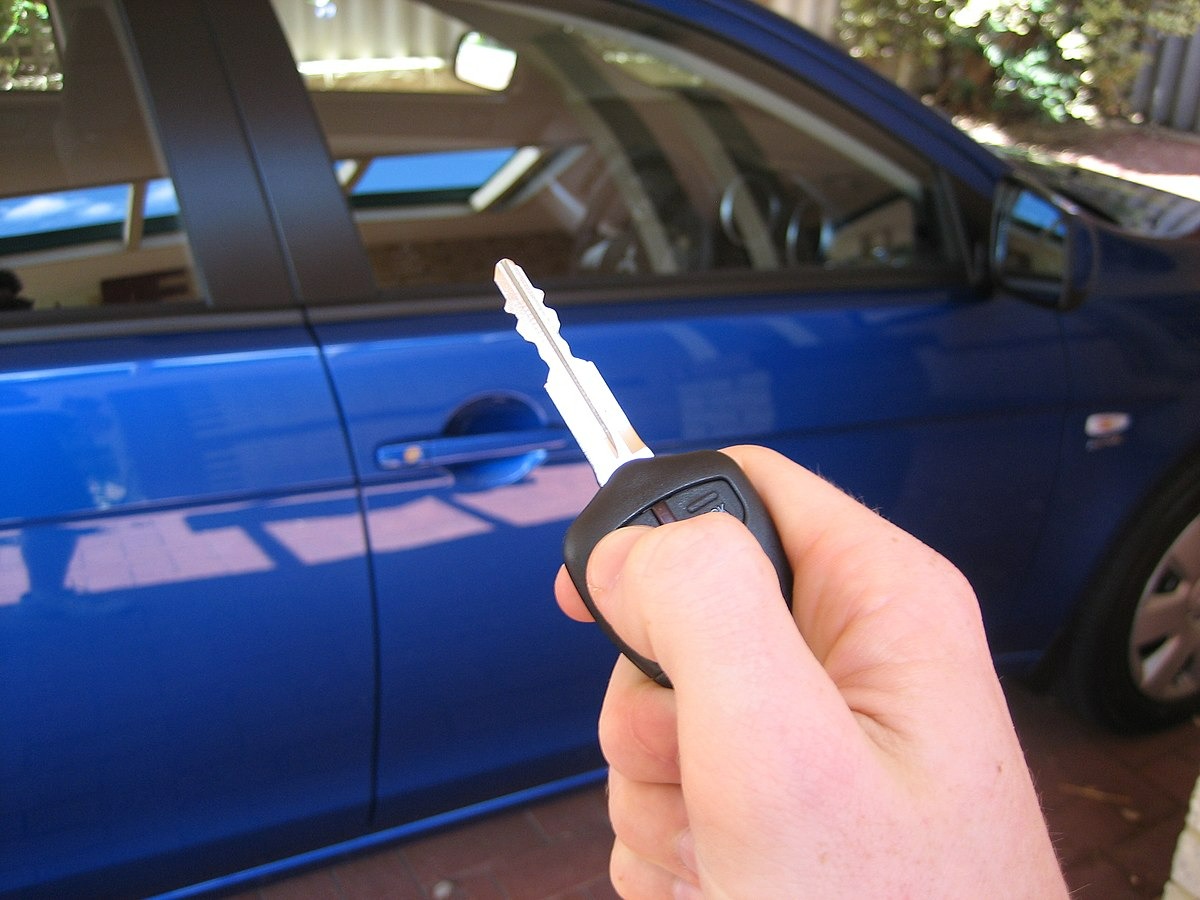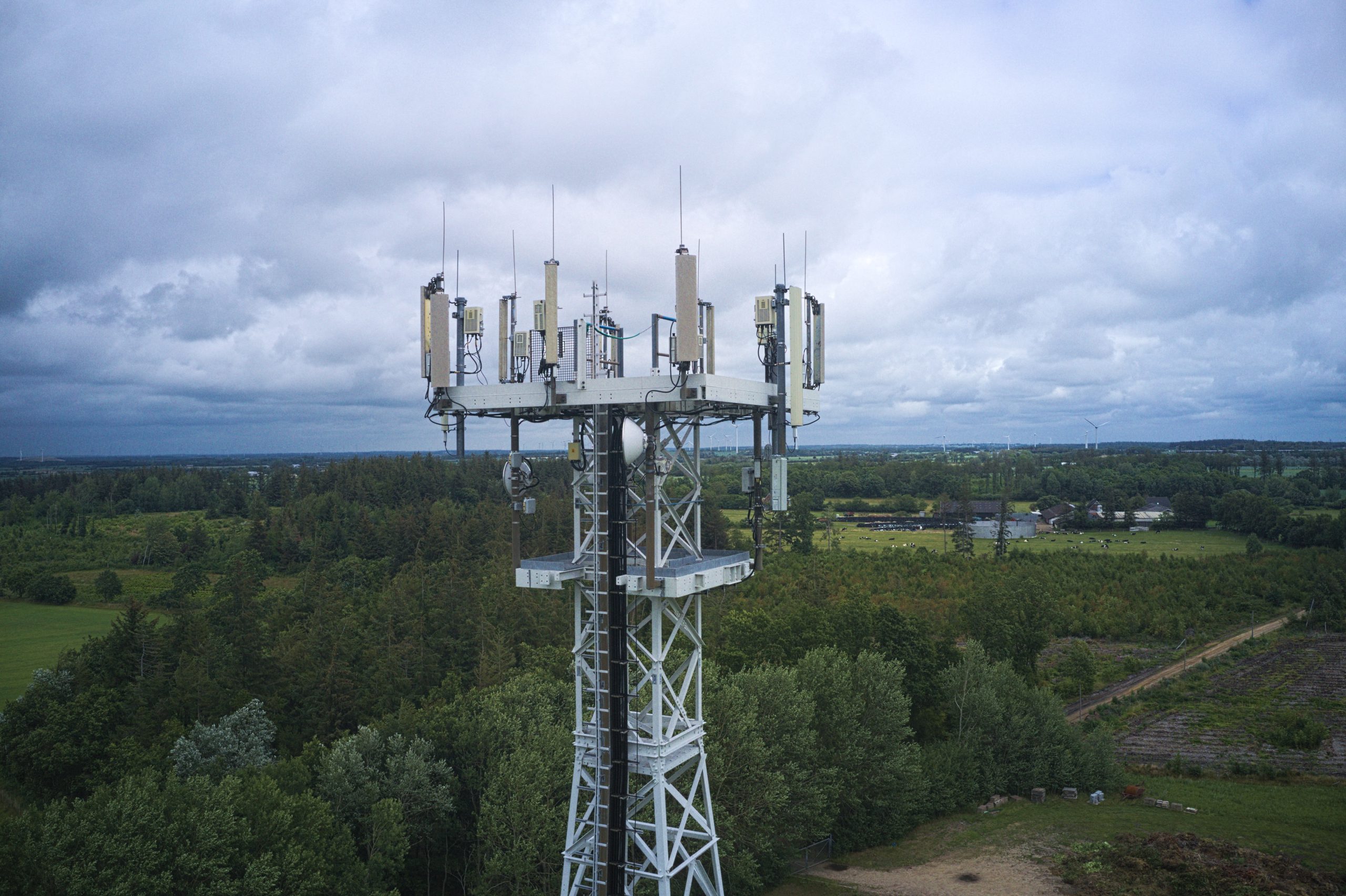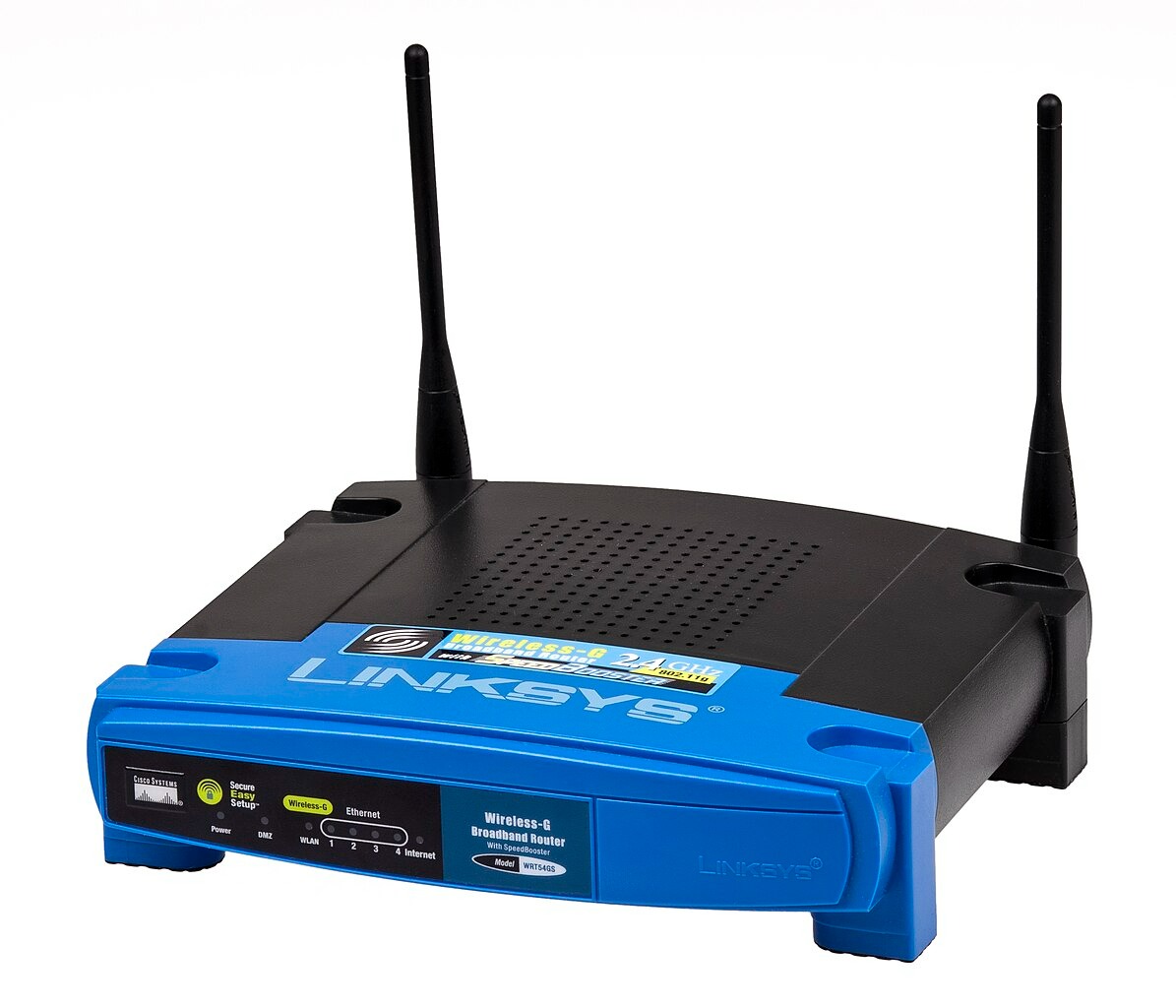That parking lot panic hits different when you realize you’ve been remote-starting your car twice daily for three years. You’re picturing dollar signs and engine rebuilds, convinced you’ve been slowly murdering your motor one convenient button press at a time.
The Myth Dies Hard
Modern engines laugh at the remote start fears that haunted older vehicles.
Here’s the reality check your anxiety needs: There’s zero credible evidence that occasional remote start use damages modern engines. According to automotive experts at Best Car Audio and Compustar, today’s engines are specifically engineered to handle brief idling periods.
Cold-weather remote starts actually help your engine by circulating oil and reducing harsh cold-start wear. The engineering that worried mechanics in the 1990s simply doesn’t apply to your current ride.
Where Real Damage Hides
Installation quality and usage patterns create the actual risks worth worrying about.
The genuine threat isn’t remote starting—it’s amateur hour installation. Poorly wired aftermarket systems create:
- Electrical shorts
- Battery drains
- Security vulnerabilities that absolutely will cost you money
Professional installation costs more upfront, but prevents the electrical nightmares that give remote start its bad reputation. Meanwhile, letting your car idle for 30 minutes daily because you can is wasteful, but it won’t destroy your engine any faster than sitting in the drive-thru line would.
Engineering Beats Internet Wisdom
Your starter motor and battery are built for hundreds of thousands of cycles.
Modern starters handle the same mechanical load whether you’re pressing a button or turning a key. According to Nationwide Insurance’s vehicle maintenance experts, both components are designed for hundreds of thousands of start cycles.
The starter motor that failed after “too much remote starting” probably had manufacturing defects or was nearing its natural lifespan anyway. Your Corolla’s starter doesn’t care whether you’re sitting in the driver’s seat when it engages.
Smart Usage Wins
Brief warm-ups beat extended idling sessions every time.
Use your remote start like a tool, not a toy:
- Five-minute warm-ups in winter? Perfect
- Twenty-minute cool-downs in summer parking lots? Wasteful but harmless
Compustar recommends driving soon after starting to circulate fluids properly and optimizing engine operation. Most modern systems include automatic shut-offs specifically to prevent the excessive idling that actually does waste fuel and creates unnecessary wear.
Your remote start convenience isn’t destroying anything except outdated automotive myths.






























